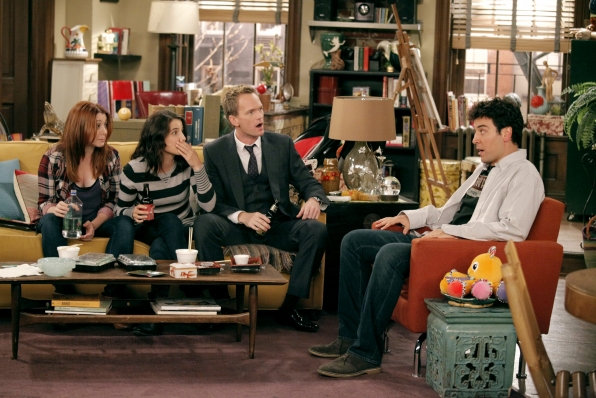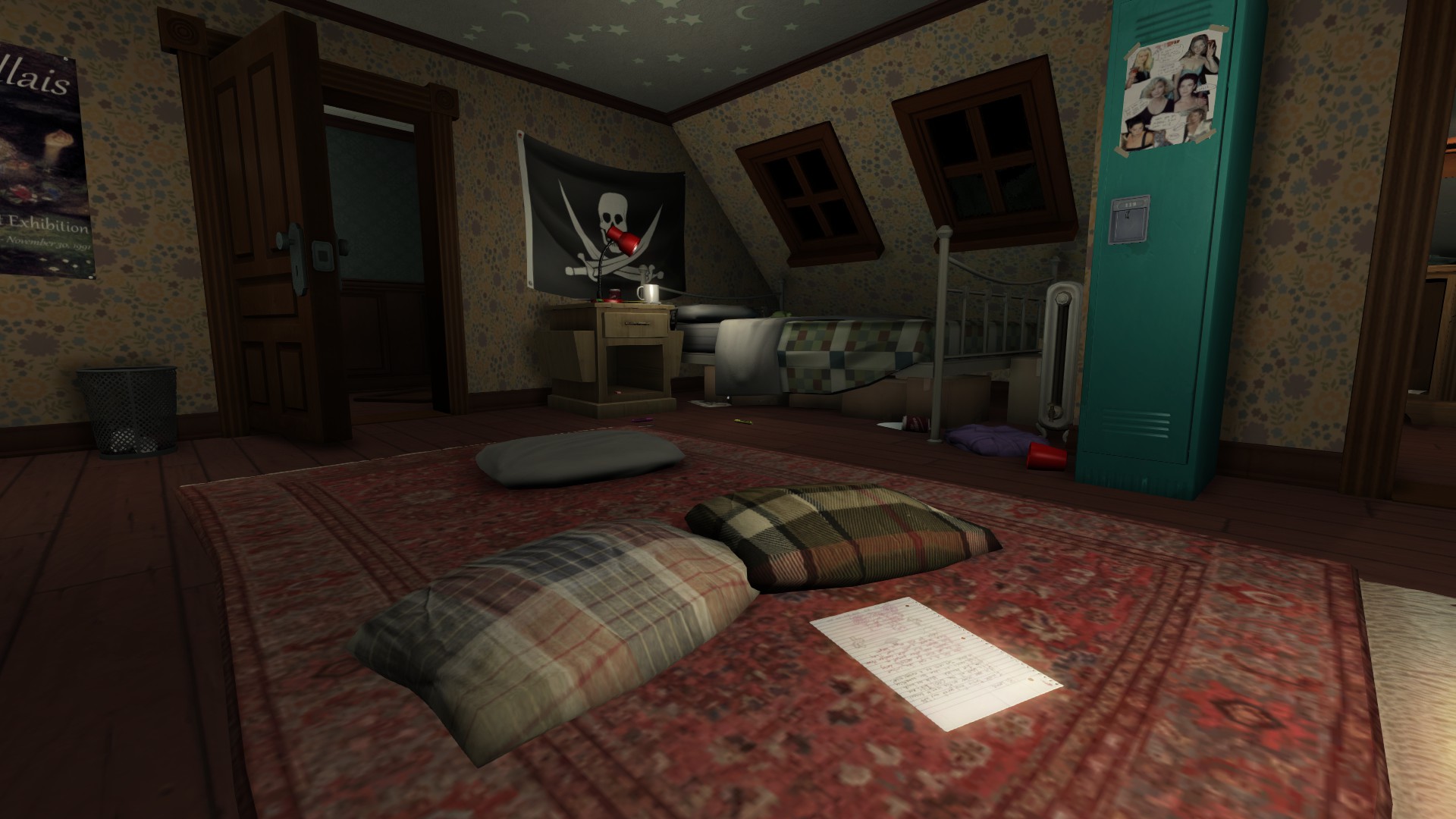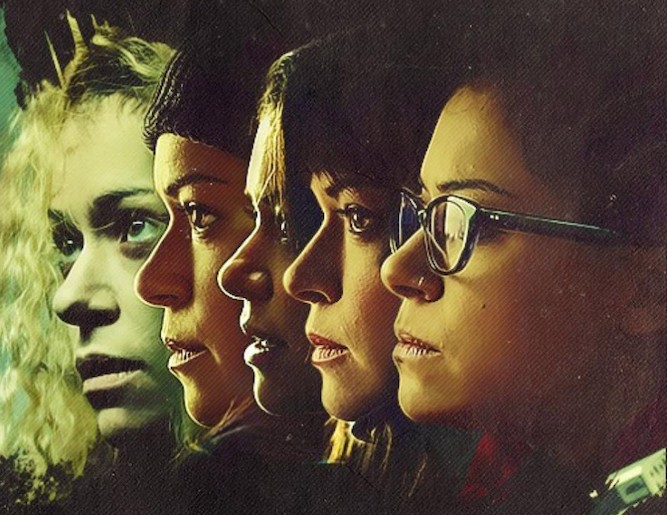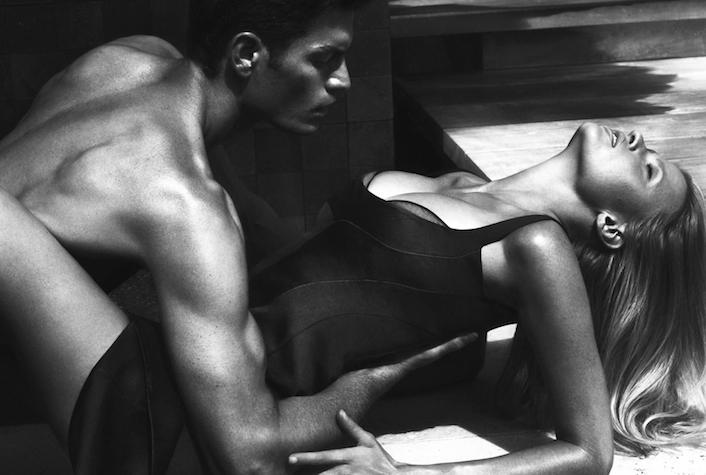I’ve been taking a Victorian Sexualities class this semester. And throughout I’ve been surprised by the connections between Victorian society and our present-day society. For example, both involve radical changes in technology, concern over family values and morality, and a large amount of coded talk about sex. Although a lot has changed and the conversations differ in content, many of the anxieties of the Victorian era, especially around sexuality and gender, seem to pop up today. One of the places where I was surprised to find myself suddenly thinking about the Victorians was the TV show How I Met Your Mother, created by Carter Bays and Craig Thomas.
The unmarried woman was a big concern for the Victorians. The growing number of single women in Britain was in conflict with the traditional role of women as wife and the mechanisms of inheritance and property. William Rathbone Greg wrote “Why are Women Redundant?” in 1862 to address this problem. He believed that it was in women’s nature to marry, so that if they weren’t marrying, it was for unnatural reasons: bad temperament, desire for work, and a lack of eligible men. I think the Robin, one of the two female protagonists, is the modern day manifestation of a similar fear. Most of her characters’ conflicts have to do with whether she wants a man or a career. So which will she end up with? And if a man, who? The show spends a lot of time dwelling on which path and which man is a better choice for her. This focus on marrying off the single women strikes me as very Victorian. Her role as a woman is also complicated through her non-traditional portrayal of gender. Robin has a lot of traditionally masculine characteristics, and the show wants us to see them as such. Her drinking scotch and smoking cigars makes her a ‘bro’. As does her lack of desire for children or for commitment.
Set against Robin’s gendered identity, Lilly’s performance of womanhood becomes the other half of the binary. Lilly wants a husband and children. For most of the show she is a kindergarten teacher. Her character has nurturing and maternal instincts that Robin seems to lack. Though Lilly isn’t always traditional, she is aligned with the traditional ideals of womanhood as mother and wife. Just as Greg was thinking about what the proper role for women was, How I Met Your Mother proposes these two ideas: Robin or Lily. In addition, Wilkie Collin’s book The Woman in White sets up a similar binary with its two main female characters, Laura and Marion. Laura is a traditional woman—quiet and passive—while Marion is frequently compared with men—rational and stubborn. This concern over what makes a woman is also in our consciousness today. Certainly How I Met Your Mother’s women are different from those in the Victorian period, but we are still trying to figure out what gender means—especially for women in relation to marriage. What is the ‘natural’ role for women? Is there one?
Another Victorian trope that has found its way into the show is that of the potential (or definite, depending on how you see it) homoeroticism of male friendships. Oscar Wilde’s The Importance of Being Ernest is packed with jokes about gay sex. In Wilkie Collins’ work, there is a pattern of homoerotic love being expressed through the desire for the same woman (see, for more on this, Carolyn Dever’s “The Marriage Plot and Its Alternatives.”). In How I Met Your Mother, the bond between Ted and Barney has similar coding. The greater importance of their relationship with each other over their brief and unimportant heterosexual bonds mimics that of men in Victorian literature. Their strong and foundational love and care for each other is greater than that of marriage—which is shown as shallower. Add to this Ted and Barney’s mutual love for Robin and you have a Victorian love triangle. The homosocial relationship is, perhaps, coded in their desire for Robin. The questions that Wilkie Collins and Oscar Wilde asked are still concerns today: What is the role of homosocial relationships? Is marriage still the most important relationship if the ‘bro code’ is supposed to come first? Or does the show’s narrative framework suggest that, despite the importance of homosocial bonds, marriage wins out in the end? The whole point of the framing narration is, after all, to tell an audience of children about their family history or what—for lack of a better world—their inheritance.
While I believe that a lot has changed since Victorian society, it seems odd to me that so many of the questions they were grappling with are still valid today. Have our thoughts on marriage changed so little? Or have we returned to a time of these odd hypocrisies? Morality, family and marriage are central concerns while sex and sexual deviance are both immoral and everywhere. I don’t have a claim, or a ‘so what’ to answer these questions. I think the pattern is worth some thought however. The Victorians were trying to adjust to changing gender roles and ideas of sexuality. So are we today. Our society is in the process (hopefully) of rearranging how we think of gender and all of its institutions. Do we look to the Victorians for help perhaps? How come we’re still so stuck on these issues?




Recent Comments